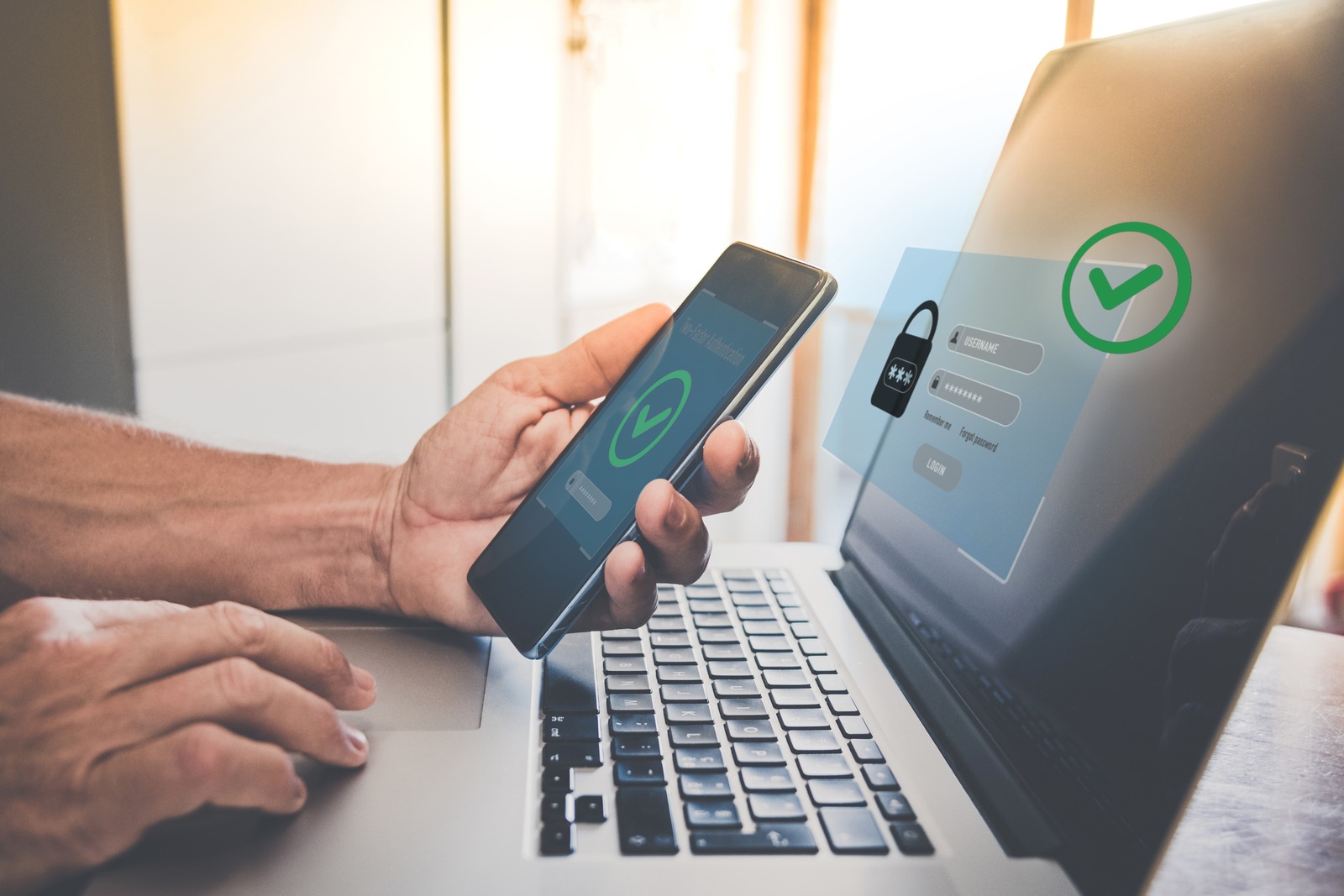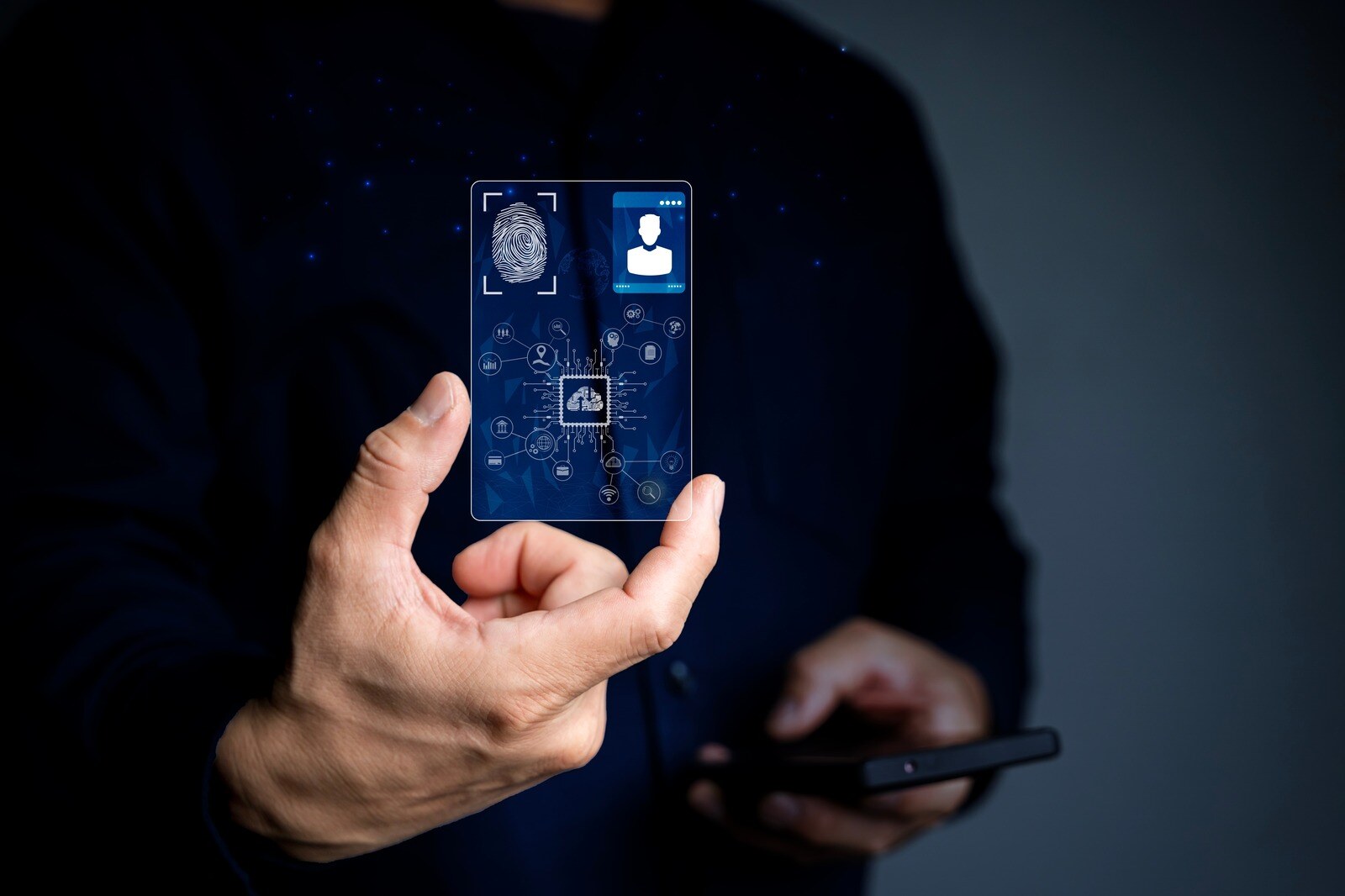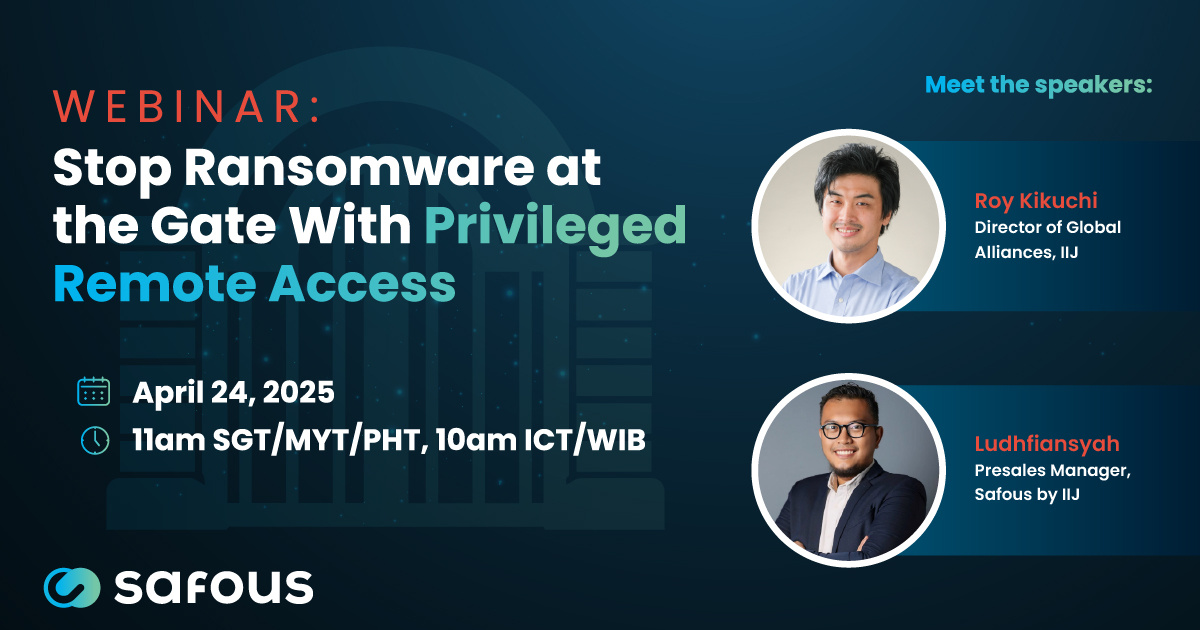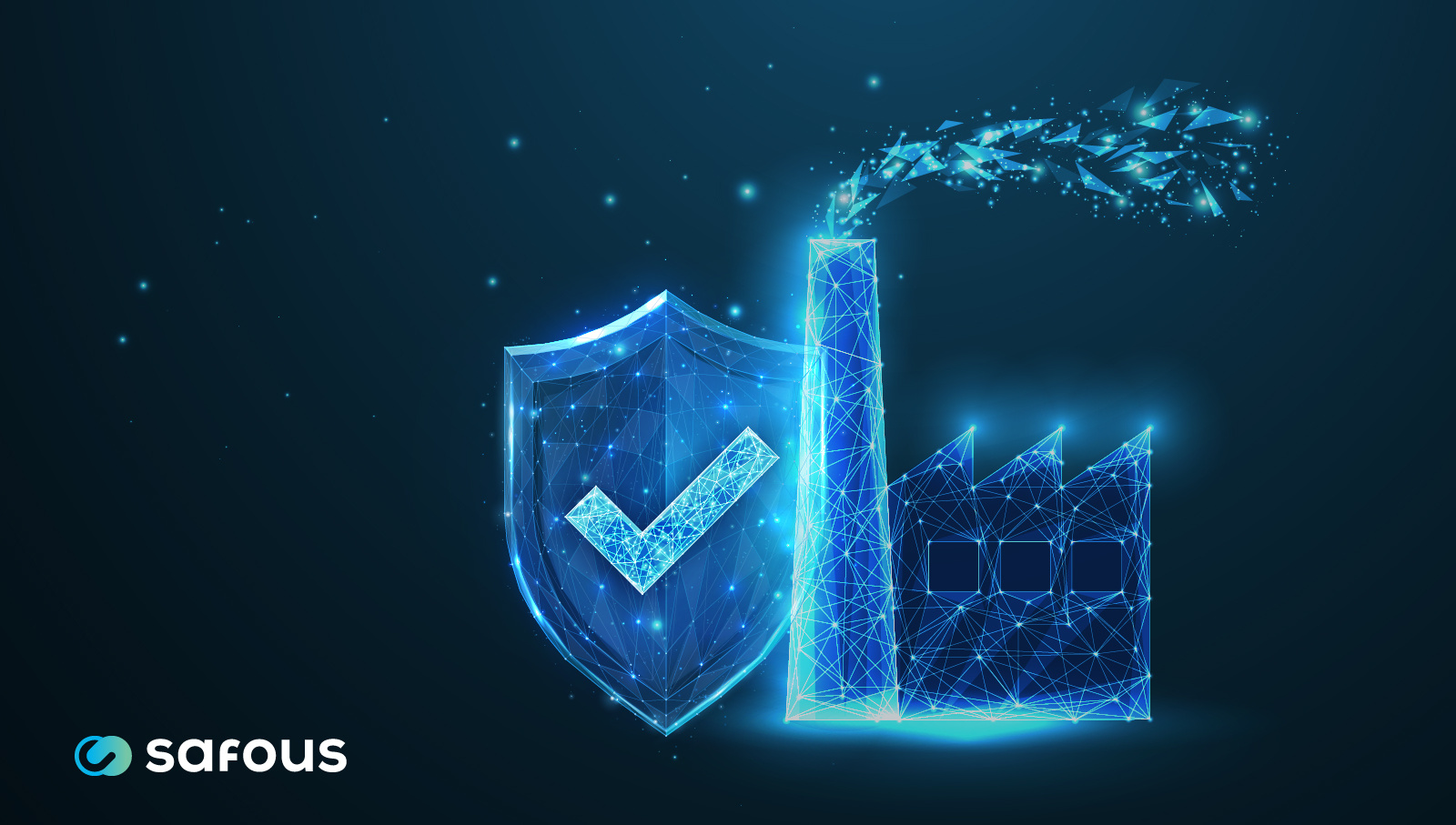As remote work and hybrid environments grow, businesses face increasing challenges in ensuring secure connections for employees, contractors, and administrators. Over half of organizations now use four or more remote access tools, with some relying on as many as 15-16.1 Unfortunately, this patchwork approach can create significant inefficiencies and gaps in security.
Secure remote access (SRA) and remote privileged access management (RPAM) are two technologies designed to address these challenges. While they share a common goal of enhancing cybersecurity, understanding how they work and what sets them apart is essential for determining which is the right fit to protect your operations.
What Is Secure Remote Access (SRA)?
SRA provides a secure way for remote users to connect to an organization’s network and resources. It ensures employees, contractors, and third-party vendors can safely access internal systems from remote locations without exposing the network to vulnerabilities.

Key features of secure remote access tools include:
- Encryption: Protects data in transit between remote users and the corporate network.
- Multi-Factor Authentication (MFA): Strengthens security by requiring multiple forms of identity verification.
- Role-Based Access Controls (RBAC): Grants access based on user roles to limit exposure to sensitive resources.
- Secure Tunneling: Establishes encrypted connections, often using VPNs or zero trust principles.
- Virtual Private Networks (VPNs): This traditional method for secure remote connections is limited in scalability and security.
- Cloud-Based Access Management: Simplifies access control for cloud-native and hybrid environments.
Use Cases for SRA
SRA supports secure remote access for general users. Common scenarios include:
- Remote Work: SRA ensures employees working remotely can securely connect to internal applications, databases, and other resources.
- Third-Party Vendor Access: Organizations use SRA to provide contractors with secure access to project-specific tools while preventing broader access to sensitive systems.
- Distributed Teams: SRA supports distributed teams by enabling consistent and secure access to shared resources, regardless of location.
Ultimately, SRA helps businesses maintain productivity while reducing the risk of exposing sensitive resources to unauthorized users.
What Is Remote Privileged Access Management (RPAM)?
RPAM is a specialized security framework designed to manage and secure privileged access for remote users connecting to sensitive systems and data. Unlike traditional privileged access management (PAM) solutions, RPAM specifically addresses the unique challenges of remote access scenarios by managing the lifecycle of privileged remote connections – from initial authentication through session termination.

Some key features of RPAM solutions include:
- The Principle of Least Privilege: Restricts remote user access to only the resources needed for specific roles.
- Just-In-Time (JIT) Access: Provides temporary access to privileged accounts only when needed.
- Identity Management: Provides access and authorization tools like MFA, password vaulting, and real-time session management.
- Recording and Auditing: Maintains logs and recordings of all privileged remote sessions for compliance requirements.
- Identity Administration: Streamlines remote access management through self-registration, self-service password renewal, and automated lifecycle management.
Use Cases for RPAM
RPAM secures and manages access to privileged accounts. Common scenarios include:
- System Administration: RPAM secures administrative access for IT managers and system administrators who maintain critical infrastructure.
- Compliance Requirements: Businesses rely on RPAM to comply with regulatory requirements that mandate strict controls over privileged accounts.
- Incident Response: During cyber incidents, RPAM facilitates secure access for security teams to respond without compromising sensitive systems.
By focusing on privileged accounts, RPAM ensures the highest levels of security for critical corporate resources. This targeted approach helps organizations minimize the risks associated with elevated permissions while maintaining compliance and operational integrity.

SRA vs. RPAM: Which Does Your Business Need?
Still not sure whether SRA or RPAM is right for your security needs? Here’s a quick overview to help you out:
Use SRA When You Need General Remote Access
SRA is ideal for businesses with remote workers, contractors, or distributed teams who need secure access to internal resources. It provides reliable and secure connectivity for day-to-day operations by ensuring all users can connect to the network without exposing sensitive systems to unnecessary risks.
Scenario: A medium-sized business with a hybrid workforce uses SRA to provide employees and contractors with secure access to shared applications and files, ensuring seamless connectivity regardless of where they’re located.
Use RPAM When You Need To Secure Privileged Accounts
RPAM is essential for businesses that manage sensitive data or systems requiring elevated permissions. It protects privileged accounts, such as those used by system admins, and helps IT teams meet regulatory requirements by ensuring transparency and accountability in privileged access.
Scenario: A financial institution implements RPAM to oversee administrative access to its payment systems and databases, addressing regulatory requirements while mitigating the risk of unauthorized activity.

Use SRA and RPAM Together for Comprehensive Security
Use SRA and RPAM Together for Comprehensive Security
SRA and RPAM work together to create a layered security approach. SRA focuses on secure connectivity for all users, while RPAM adds targeted protection for high-risk privileged accounts. Together, they help organizations achieve zero trust security by enforcing least privilege access and continuous verification.
Scenario: A manufacturing company combines SRA for remote engineers accessing design tools and RPAM for administrators managing sensitive operational systems, ensuring secure access at every level.
Strengthen Your Remote Security With Safous ZTA
While SRA and RPAM each address distinct security needs, they work together to ensure robust protection against evolving threats. Organizations that adopt these technologies are better equipped to reduce risks, ensure compliance, and maintain operational continuity.
Safous ZTA combines SRA, RPAM, and zero trust principles into a single, unified platform designed to reduce data breach risks while simplifying remote access. It strengthens authentication with multi-factor authentication (MFA), enables granular access control with role-based permissions, and more to support secure collaboration across your teams and third-party partners.
If you’re ready to strengthen your organization’s security strategy, contact us today to learn more about how Safous ZTA can support your business.
Sources:
Receive the latest news, events, webcasts and special offers!
Share this
You May Also Like
These Related Stories

How Zero Trust Access Enhances Industrial Secure Remote Access

IAM, ZTA, and PAM: How Identity and Access Management Fits into Security




